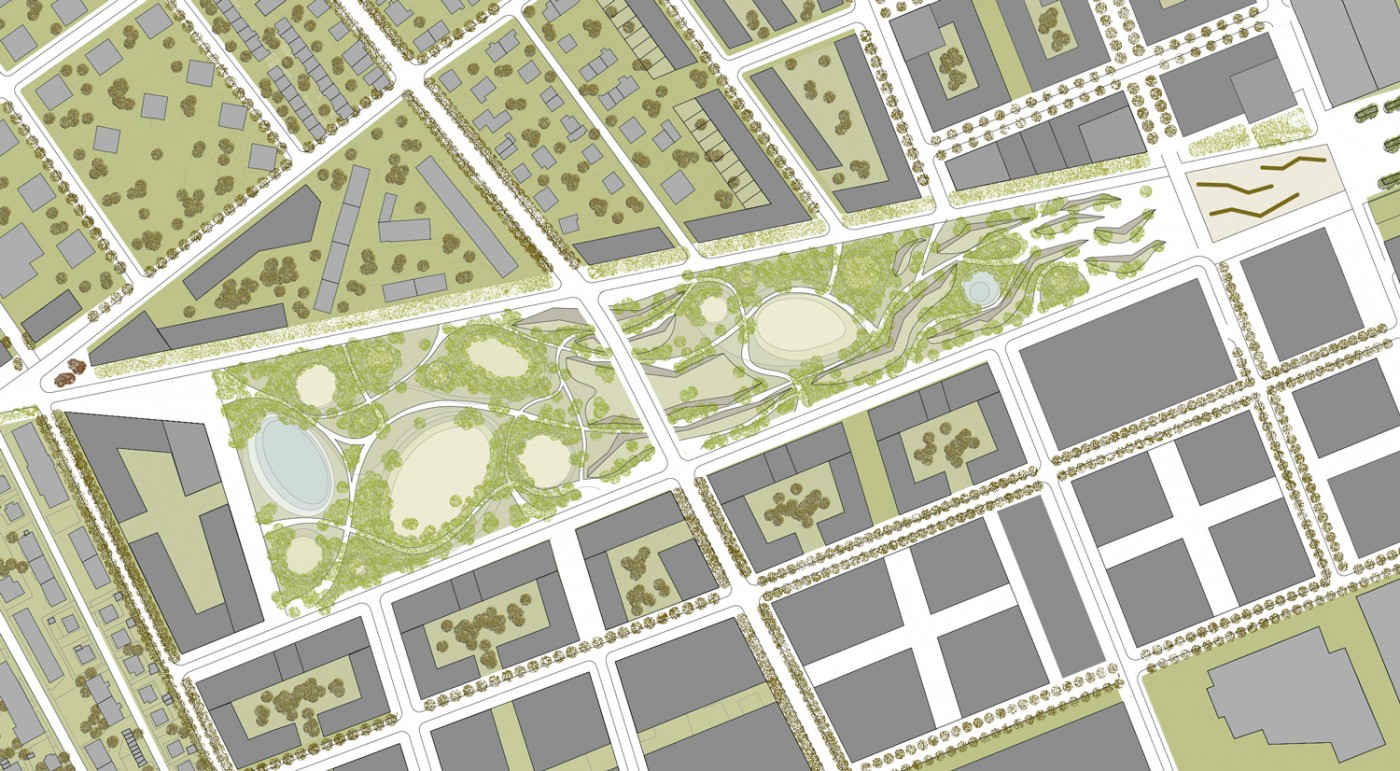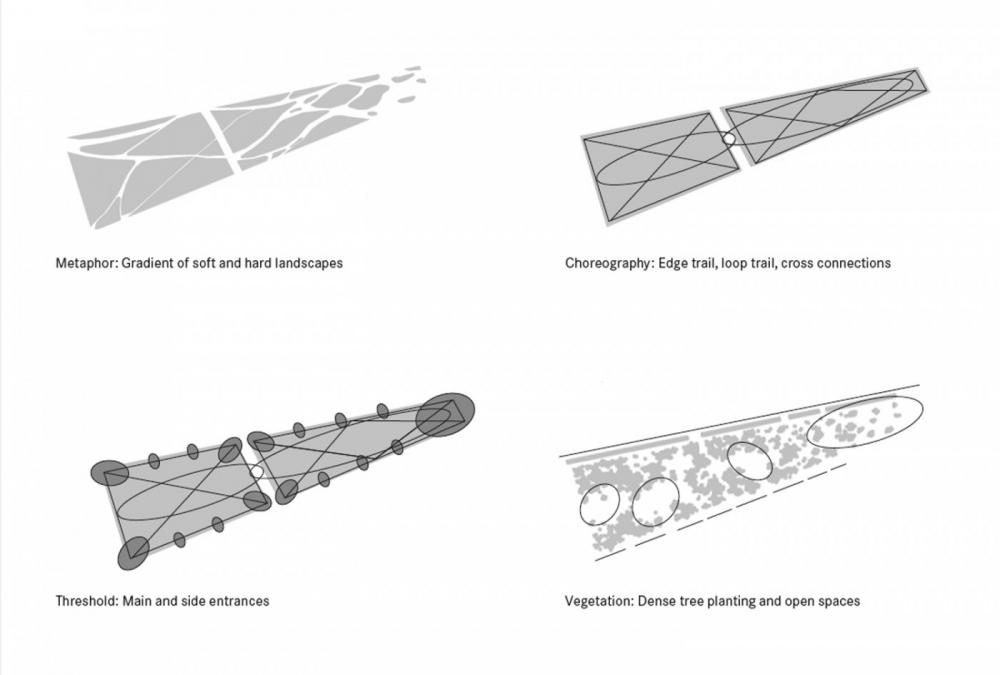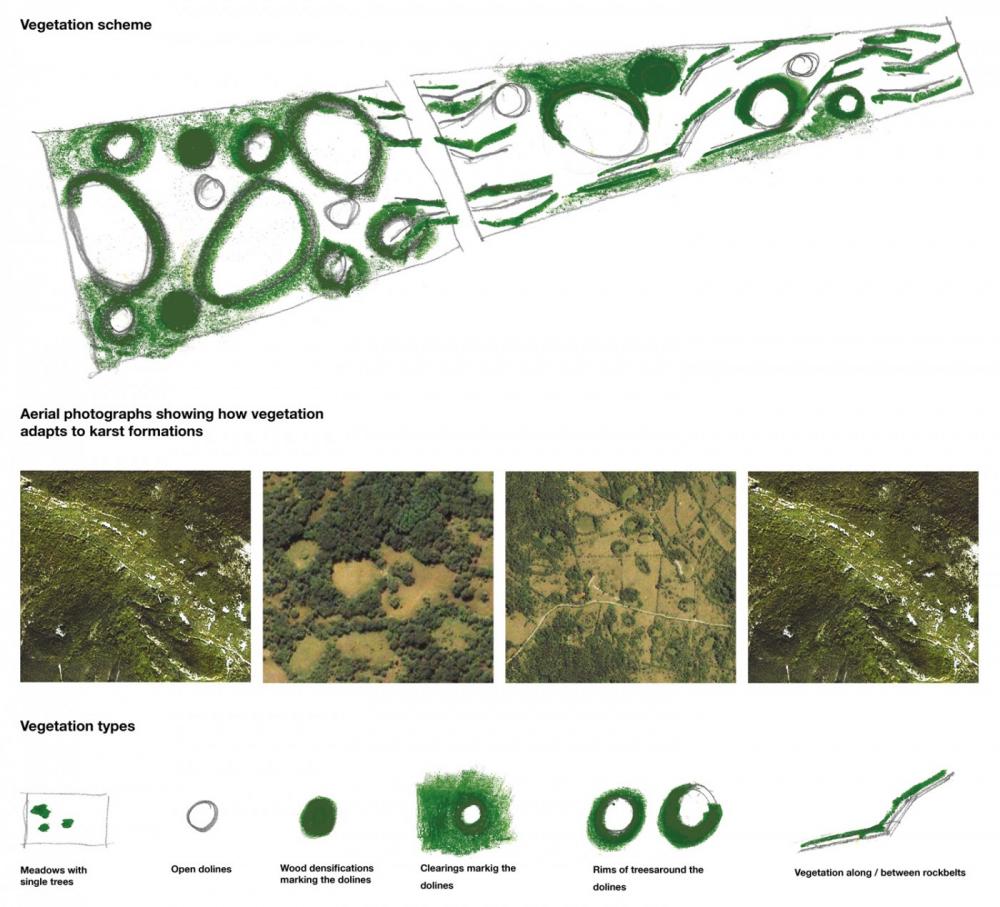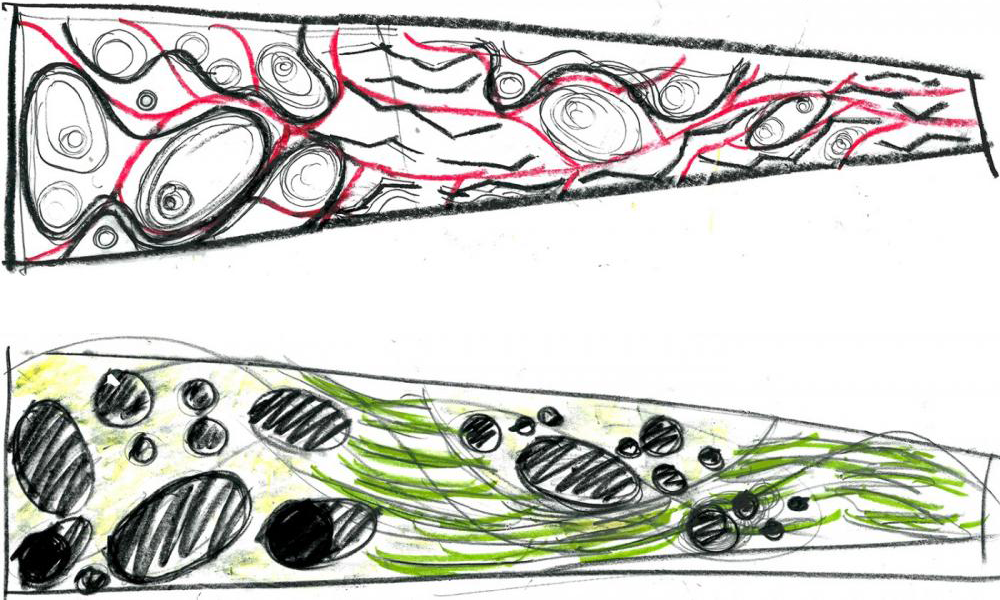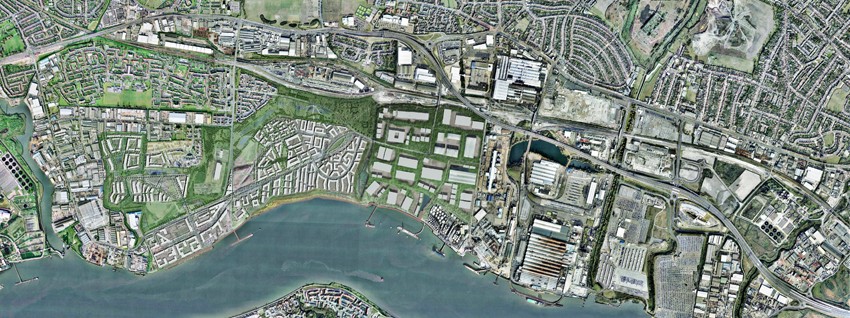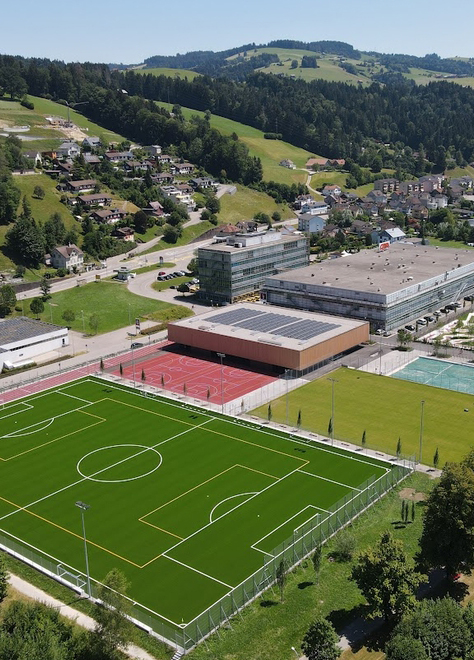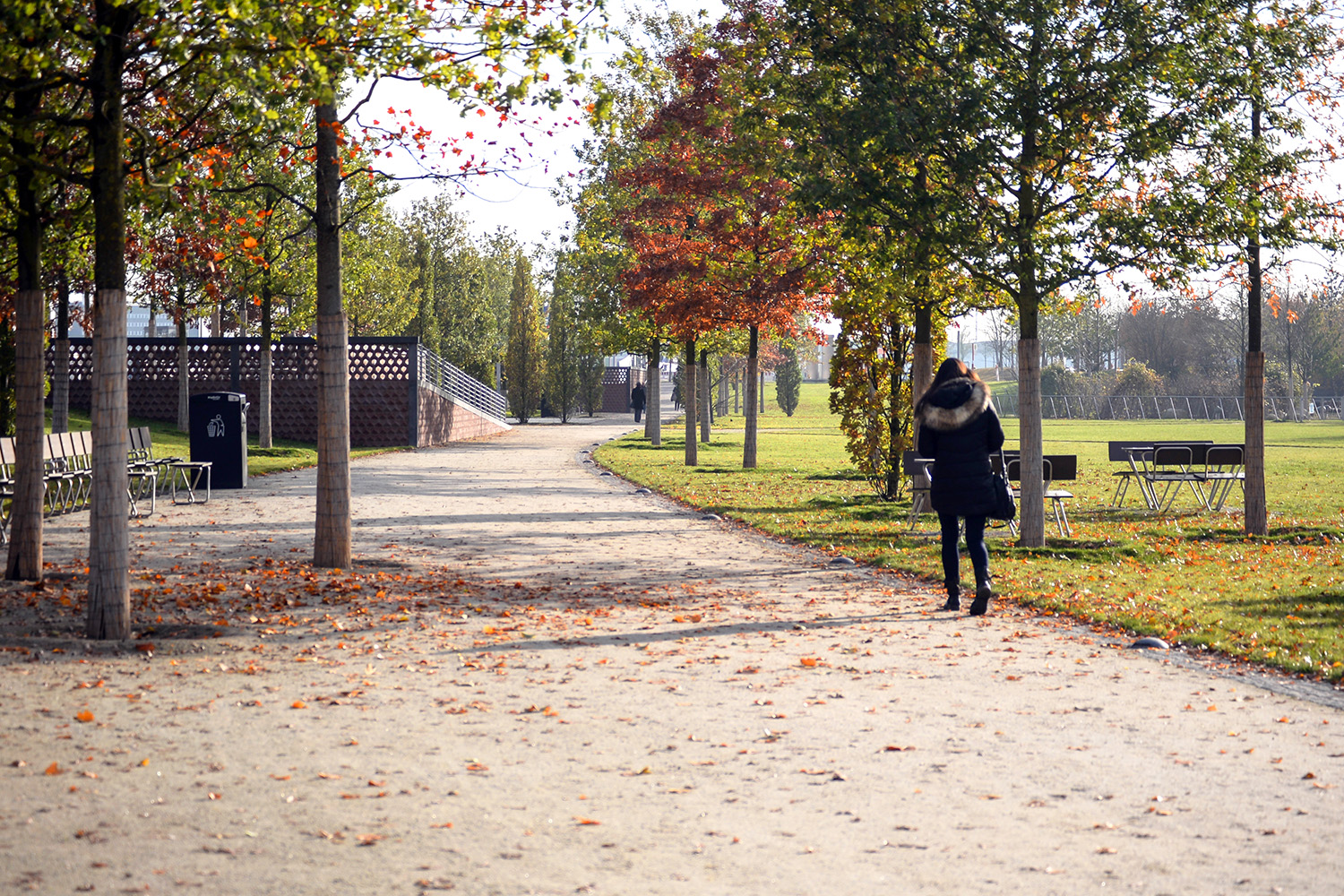Šmartinska, Ljubljana
Kollaboration
Hosoya Schaefer Architects, Zurich
Unter der Leitung von Jozě Plečnik hat sich die Stadt Ljubljana seit den 1920er-Jahren mit der Implementierung umfassender Stadterneuerungspläne strukturell stark gewandelt. Mit selbstbewussten monumentalen Architekturen und Prachtstrassen wurde dabei der Anschluss an die grossen europäischen Metropolen wie Wien, Berlin oder Paris gesucht. Rund 100 Jahre später sollte nun mit dem Projekt «Šmartinska» ein weiterer gross angelegter Entwicklungsschritt der Stadt folgen. Jedoch mit anderen Strategien. Im neuen Stadtteil finden sich die Ordnungsprinzipien und Typen des Freiraums in Form von Plätzen, Promenaden und Parks. Deren Gestaltung hat nicht die Reproduktion tradierter Muster und Bilder zum Ziel. Verweise auf die spezifische, unter der Stadt vorhandene slowenische Landschaft sollen den Freiraum charakterisieren und die lokale Differenz schärfen.
Karstlandschaften finden sich in unterschiedlichen Ausprägungen an vielen Orten der Welt. Ausgangslage ist immer die Existenz von Kalkstein, Gips oder salzhaltigen Formationen, welche durch Lösungs- oder Kohlensäureverwitterung erodieren, wenn Faktoren wie Regenwasser, Kohlensäure in der Luft und ein humides Klima zusammenwirken. Weil das Land stark vom Karst geprägt ist und er hier auch zum ersten Mal wissenschaftlich untersucht wurde, ist dieser Landschaftstyp eng mit dem heutigen Slowenien verknüpft. Das verdeutlicht auch die Etymologie des Begriffs, der aus dem slowenischen krasbzw. dem lateinischen carsus abgeleitet ist und für «Felsen» bzw. «steiniger, unfruchtbarer Boden» steht.
Kann eine Landschaft in der Regel durch die Lektüre der Erdoberfläche grösstenteils erfasst werden, so gelingt dies bei einer Karstlandschaft nicht, denn ein substanzieller Teil befindet sich unter der Oberfläche. Diese ist nicht mehr stabile Basis, sondern reduziert sich auf eine Kruste zwischen den Ebenen. Es braucht den Schnitt und wissenschaftliche Karten, um Sichtbares und Unsichtbares miteinander in Beziehung zu setzen. So versteht man das Phänomen des slowenischen Flusses mit den sieben Namen nur, wenn man von den unsichtbar im Karst, teils in den berühmten Grotten von Postojna strömenden Abschnitten weiss: Trbuhovica, Obrh, Strzen, Rak, Pivka, Unica und Ljubljanica waren nach früherem Verständnis verschiedene Flüsse mit Quelle und Mündung im Fels, sind aber lediglich die Bezeichnungen der sichtbaren Sequenzen des immer gleichen Wasserlaufes.
Auch die Vegetation des Karsts ist nur mit Kenntnis der landschaftsbildenden Prozesse zu verstehen. Eine Analyse der Vegetationskarten und der Eigenschaften der recherchierten Baumarten lässt vor dem geistigen Auge das Bild mächtiger Wälder entstehen, doch das vor Ort Vorgefundene irritiert: Die fehlende Bodenbildung sowie die mangelnde Speicherung von Wasser und Nährstoffen bedingen die Entstehung windgeformter, miniaturisierter Wälder. So erreichen ausgewachsene Eichenwälder eine Höhe von maximal zehn Metern, die gleiche Grösse wie die dort heimischen Perückensträucher – der Massstab und die Arten des städtischen Vorgartens in der weiten Landschaft Sloweniens.
Übersetzung in Entwurfsprinzipien
Um das akkumulierte Wissen für den Entwurf produktiv zu machen, war das Material auf seine wesentlichen Aspekte hin zu verdichten. Mit einfachen Prinzipskizzen wurden die unterschiedlichen geologischen Gesteinsformationen und Vegetationsbilder interpretiert und in übergeordnete Gestaltungsprinzipien übersetzt. In unterschiedlichen Intensitäten kommen diese Prinzipien in allen Freiräumen – den Parks, Plätzen, Quartierplätzen und Promenaden – des neuen Quartiers vor, sind am klarsten aber im zentralen Park ablesbar. Der alpine (Kalkstein, Buche mit Ahorn), voralpine (Dolomit, Eiche mit Hainbuche) und dinarische (Sandstein, Hainbuche, Pappeln und Erlen) Karst ergibt dabei ein reichhaltiges Vokabular.
Die Gestaltung der Vegetation und Topografie von West nach Ost zeigt den Verlauf vom gedeckten zum offenen Karst. Der westliche Teil erscheint mit seinem hohen Anteil an Bäumen und leichten, dem Phänomen der Dolinen entlehnten Senken als Spiel- und Liegewiesen eher landschaftlich. Im Kontrast dazu zeigt der östliche Bereich einen mineralischen, urbanen Charakter, die Wege sind in Anlehnung an das geomorphologische Phänomen der Karren (Rinnen) durch Steinwälle gefasst. Verstärkt wird das Bild des Verlaufs durch die Vegetation, von den Hainbuchenwäldern über die Erlen-Pappel-Haine zu den Eichengruppen. Nährstoffarmes Substrat sorgt auch hier bei einigen Baumgruppen für irritierenden Zwergwuchs. Verbindendes Element ist das Wasser: Während im westlichen Teil eine je nach Regenmenge wachsende und schwindende Wasserfläche den landschaftlichen Eindruck verstärkt, ist im Übergangsbereich das unterirdisch fliessende Wasser nur zum Teil sicht- oder hörbar, bevor es im östlichen Teil in Form einer artesischen Quelle wieder zutage tritt.


